"When cause and effect lose their order: In quantum mechanics, events don’t always unfold in a fixed sequence. This illustration explores Indefinite Causal Order, a phenomenon where actions can occur in a superposition of different orders — like Alice dropping a glass before Bob yelps, and Bob yelping before Alice drops the glass, both happening simultaneously. This concept underpins the 'quantum switch,' where the order of operations (like A then B or B then A) isn’t set in stone. Instead, it's governed by quantum superposition — enabling new kinds of information processing and computational advantage that have no classical counterpart." Image made for "Indefinite causal order: how quantum physics is challenging our understanding of cause and effect", Physics World (September 9, 2025).
I modeled a Chaplin-inspired fast/slow pace that suppresses leakage in shallow quantum traps—like walking without spilling coffee. For Chakrabarti et al., Nature Communications. Includes my zoom panels; subfigure C by Dr. Arnab Chakrabarti. Source: Quantum transport protected by acceleration from nonadiabaticity and dissipation. Nat Commun 16, 7769 (2025).
Feature image for the above technical illustration.
Electrons usually flow freely in metals and stall in insulators, but some “quantum materials” can flip between the two. The schematic was made for a preprint that visualises this transition. The study reveals the secrets of a mysterious state of matter, the pseudogap, where electrons blur into a diffuse, entangled soup before the material locks into a Mott insulator. arXiv link: https://arxiv.org/pdf/2507.17201
Figure 1 in the preprint: https://arxiv.org/abs/2507.17201
Frontpiece image for "The quantum eraser doesn’t rewrite the past – it rewrites observers" Physics World Quantum Briefing 2025 Issue (May 12, 2025).
Top left: With no detectors at the slits, each photon behaves like a wave and produces an interference pattern on the screen.
Box 1: Placing detectors at the slits to record “which‐slit” (a z-axis readout on a qubit) destroys that pattern. Boxes 2 & 3: Measuring the detector qubit instead along the x-axis—our “quantum eraser,” like sorting photons through red or blue filters—erases the path information and brings back interference in each color channel. Box 4: Putting both channels together removes interference again, just as in Box 1. Source: "The quantum eraser doesn’t rewrite the past – it rewrites observers" Physics World Quantum Briefing 2025 Issue (May 12, 2025).
Box 1: Placing detectors at the slits to record “which‐slit” (a z-axis readout on a qubit) destroys that pattern. Boxes 2 & 3: Measuring the detector qubit instead along the x-axis—our “quantum eraser,” like sorting photons through red or blue filters—erases the path information and brings back interference in each color channel. Box 4: Putting both channels together removes interference again, just as in Box 1. Source: "The quantum eraser doesn’t rewrite the past – it rewrites observers" Physics World Quantum Briefing 2025 Issue (May 12, 2025).
Quantum Cheshire cats are a curious phenomenon, whereby the property of a quantum particle can be completely separate from the particle itself. A photon’s polarization, for example, may exist at a location where there is no photon at all. In this illustration, the quantum Cheshire cats are photons are at a pachinko parlour. After being prepared in a certain superposition state, known as pre-selection, the cats end up, post-selection in one location (the photons being on one arm of the detector or the other), while their grins end up somewhere else (on the chairs). Source: "Curiouser and curiouser: delving into quantum Cheshire cats", Physics World (April 29, 2025)
Cover image for Physics World article: 'The quantum Zeno effect: how the ‘measurement problem’ went from philosophers’ paradox to physicists’ toolbox' (April 14, 2025). Zeno image public domain; Zeno crop CC BY S Perquin)
A watched (quantum) pot never boils: Applying heat to a normal, classical pot of water will cause it to evolve from state 1 (not boiling) to state 2 (boiling) at the same rate regardless of whether anyone is watching it (even if it doesn’t seem like it). In the quantum world, however, a system that would normally evolve from one state to the other if left unobserved (blindfolded Zeno) can be “frozen” in place by repeated frequent measurements (eyes-open Zeno). Zeno image public domain; Zeno crop CC BY S Perquin)
A (very rough) map displaying the evolution of our understanding of quantum condensed matter physics across the 19th and 20th centuries seen through discovered phenomena, ideas, concepts and theories in this field as well as related fields. The choice of events is representative so as to keep the size of the map manageable, and the map should rightfully contain many other important events. The map is strongly influenced by parallel developments in quantum mechanics, statistical mechanics, optics, materials science (and especially electronics), quantum field theory, high energy physics, gravitation & cosmology etc. Source: Siddhartha Lal and Mayank Shreshtha 2024 Nano Futures 8 042502 (link)
(Left Panel) The phenomenology of quantum matter is shaped by several organisational principles, some of which we identify here. (Right Panel) A generic temperature (T, y-axis) vs. quantum fluctuation control parameter (δ, x-axis) phase diagram for emergent phenomena in interacting quantum matter involving a quantum phase transition. Source: Siddhartha Lal and Mayank Shreshtha 2024 Nano Futures 8 042502 (link)
Proposals for quantum technologies that leverage the strong entanglement encoded within correlated quantum matter. Source: Siddhartha Lal and Mayank Shreshtha 2024 Nano Futures 8 042502 (link)
Made for Dr. Gaurav Harsha, Department of Chemistry, University of Michigan
Made for Dr. Gaurav Harsha, Department of Chemistry, University of Michigan
Made for Dr. Gaurav Harsha, Department of Chemistry, University of Michigan
A molecular motor walking along a filament fluctuates due to stochastic environment. Snapshots of successive runs depict uncertainty (or lack of precision) in position. The lower portion depicts how mechanical motion of motor is achieved via release of chemical energy. The TUR puts a minimal thermodynamic cost on the uncertainty. This image conveys the meaning of uncertainty (spread) in a probability distribution and how it emerges from multiple simulations of a random process.
Cell division: during interphase, the cell increases in size. The DNA of the chromosomes is replicated, and the centrosome is duplicated.
Precision always comes at a price. Thermodynamic uncertainty relations (TURs) are the new universal relations in nonequilibrium statistical physics. It reveals that narrower distributions of fluctuating quantities (precision), can only be achieved if the dissipation rate increases. It is applicable to biochemical networks to nanomachines like molecular motors and heat engines The idea, here, was to convey the visual meaning of uncertainty (spread) in a probability distribution and how it emerges from multiple simulations of a random process.
Recreation of bacterial locomotion schematic from Wadhwa, N., Berg, H.C. Bacterial motility: machinery and mechanisms. Nat Rev Microbiol 20, 161–173 (2022).
Antigen presentation machinary: majority histocompatibility complex (MHC)-I peptide presentation. Made for Rahul Kumar (Simon Centre for Living Systems, NCBS Bangalore) PhD thesis
Different cell types within tumour microenvironment (TME). Made for Rahul Kumar (Simon Centre for Living Systems, NCBS Bangalore) PhD thesis
Immunoproteasome Formation: made for Rahul Kumar (final year PhD, Simon Centre for Living Systems, NCBS Bangalore) PhD thesis.
Immunoproteasome Formation (white background).
An alternative version of the previously drawn self-interacting diffusion process. In this version, a gradient represent the increase in time. At longer times (light pink), the trail of the particle tends to get attracted towards the greyish bulk where the particle has spent most time in past. This intuitive version makes it easier to understand the process. It can also be used to represent cases when multiple particles are present in the system.
The multi-particle version of the self-interacting diffusion process. At longer times, all particles (identical but colour coded here to distinguish the trajectories) tend to get affected (here, attracted) by the combined spatial memory (time spent by all particles in a particular region). The gradient representation makes it easier to visualise the long-time tails (light pink) of the trajectories. One can clearly see all light-pink tails are attracted by the combined memory of particles, i.e., how much time they have spent in past in a given region.
Self-interacting diffusion process (I): Most ant species, chemicals along the trails to the food source to guide other ants. It is an example of self-interaction where organisms are either attracted or repelled by their own secretions. The schematic encapsulates a specific version of self-interacting diffusion process (made for Dr. Francesco Coghi, NORDITA, Stockholm). It can be used to model processes where a particle trajectory is affected by how much time it spends in a particular region in space. It means the trail is affected by the bulk of its spatial memory. [...]
Self-interacting diffusion process (II): [...] Initially, the self-interaction arrows point to all previously visited positions in space. However, as time increases (t = 7 onwards), the arrows are less spread and more directed towards the bulk where particle has spent most of the time. These memory-driven processes are used to design self-phoretic (migration induced by gradient in chemical concentration) particles which are useful in targeted drug delivery.
Tumour evolution in cancer: branched evolution; Different cell types within tumour microenvironment (TME). Made for thesis of Rahul Kumar (final year PhD, NCBS Bangalore).
Light- induced topological phase transitions, reproduction of figure 3 given in Bao, C., Tang, P., Sun, D. et al. Light-induced emergent phenomena in 2D materials and topological materials. Nature Review Physics 4, 33–48 (2022).
ASEP is widely used to model the walking of a molecular motor walking along a filament (microtubules). The molecular motor can be modeled using a biased random walk and this simple model provides a lot of crucial insights into the phenomena of biological transport happening at nanoscale.
A schematic of topological insulators (related to topic of the Nobel Prize in Physics 2016). The electrons are trapped in the middle (bulk) in a strong magnetic field but they form skipping orbits on the edges and constitute current. The magnetic field lines (violet) were intentionally made blurry to narrow down the focus on the plane. The bulk electrons (closed orbits) are depicted with slight dull colours to contrast them with the electron hopping on the edges. The stroboscopic effect on the edges is used to emphasise the semi-classical representation of electron (cloud plus particle nature). This choice also avoided the curved arrows on the left and right skipping orbits.
Schematic of a typical bacterial locomotion.
Run-and-tumble abstract model for PhD thesis: Shreshtha, M. (2021). Fluctuations and uncertainty in stochastic models with persistent dynamics (Doctoral dissertation, Queen Mary University of London).
Over-simplistic representation of gene-editing process.
Deep Ultraviolet (UV) and Extreme UV wavelength regions in the electromagnetic spectrum. DUV and EUV are used in lithography machines which imprint patterns on silicon wafers to produce microchips.
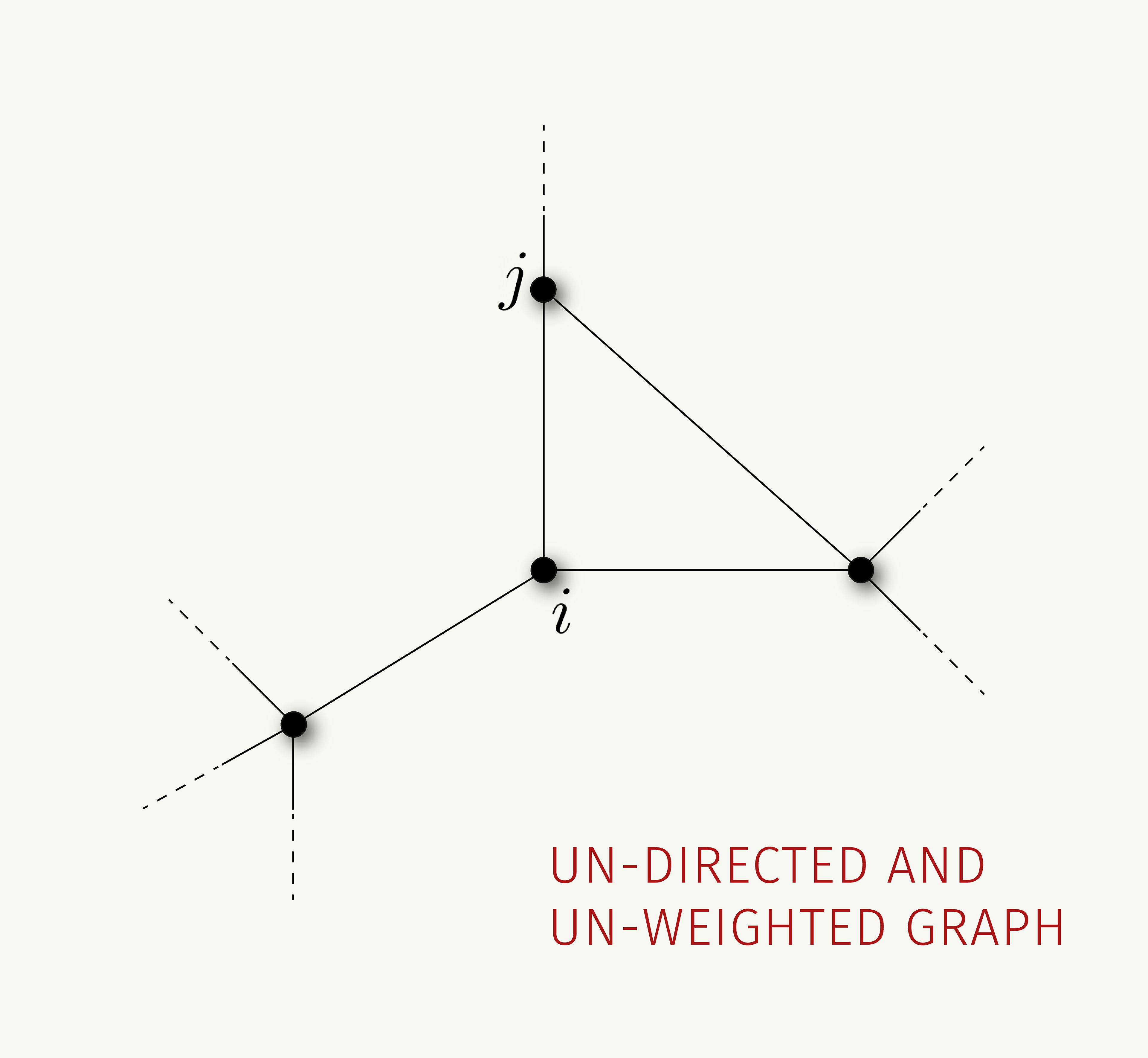
Figure 2 (a) in Giorgio Carugno et al 2022 J. Phys. A: Math. Theor. 55 295001
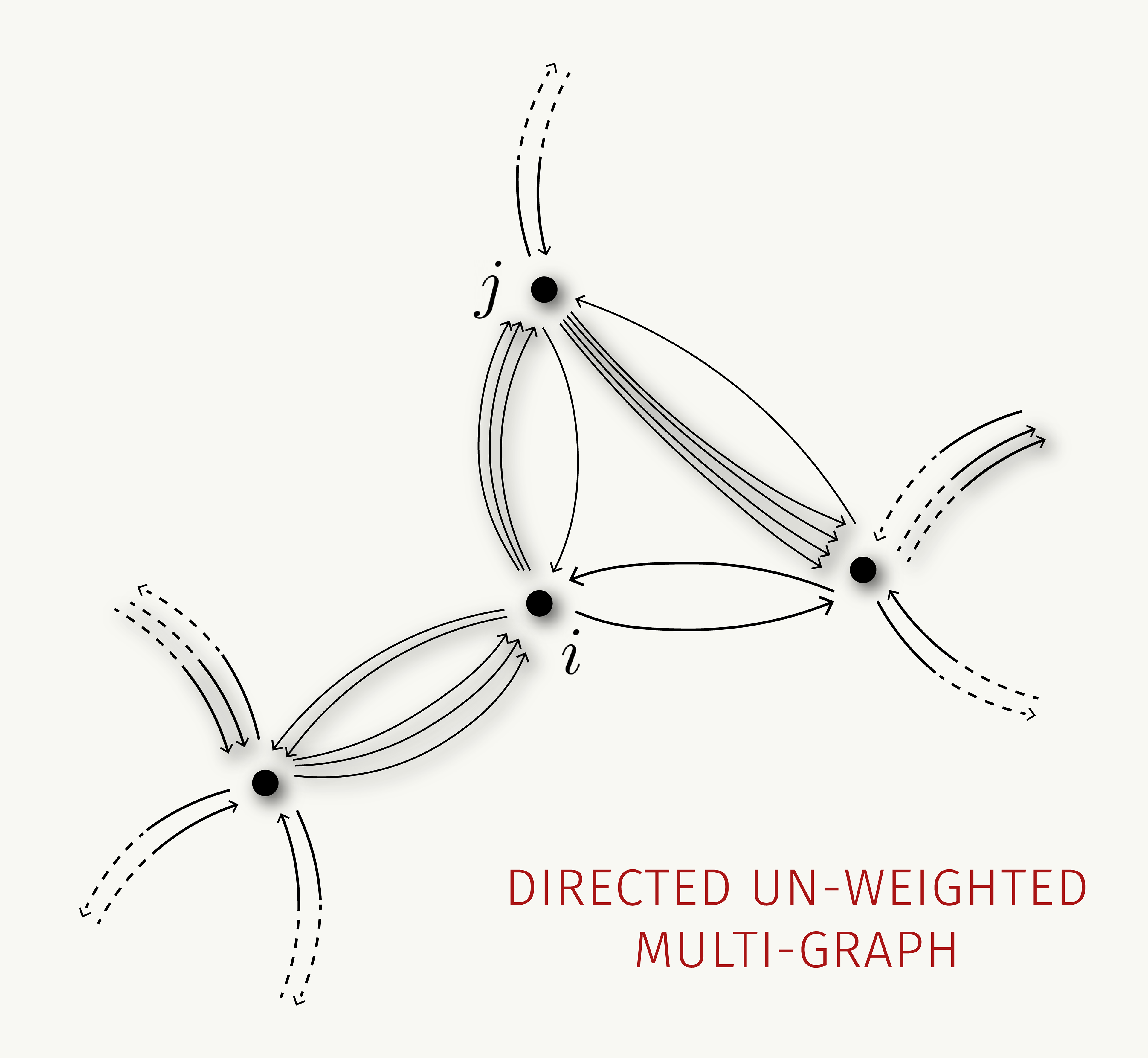
Figure 2 (b) in Giorgio Carugno et al 2022 J. Phys. A: Math. Theor. 55 295001
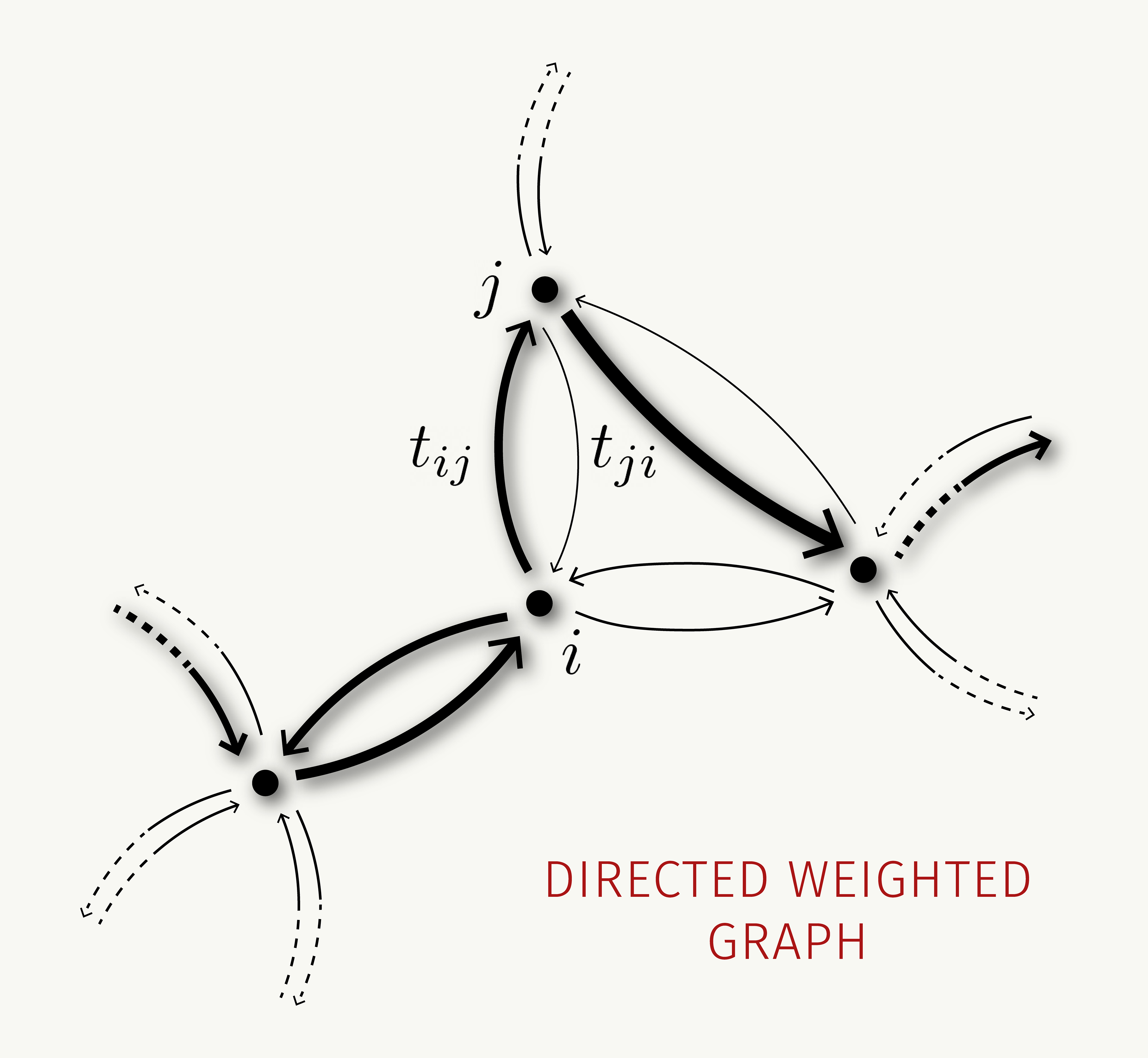
Figure 2 (c) in Giorgio Carugno et al 2022 J. Phys. A: Math. Theor. 55 295001
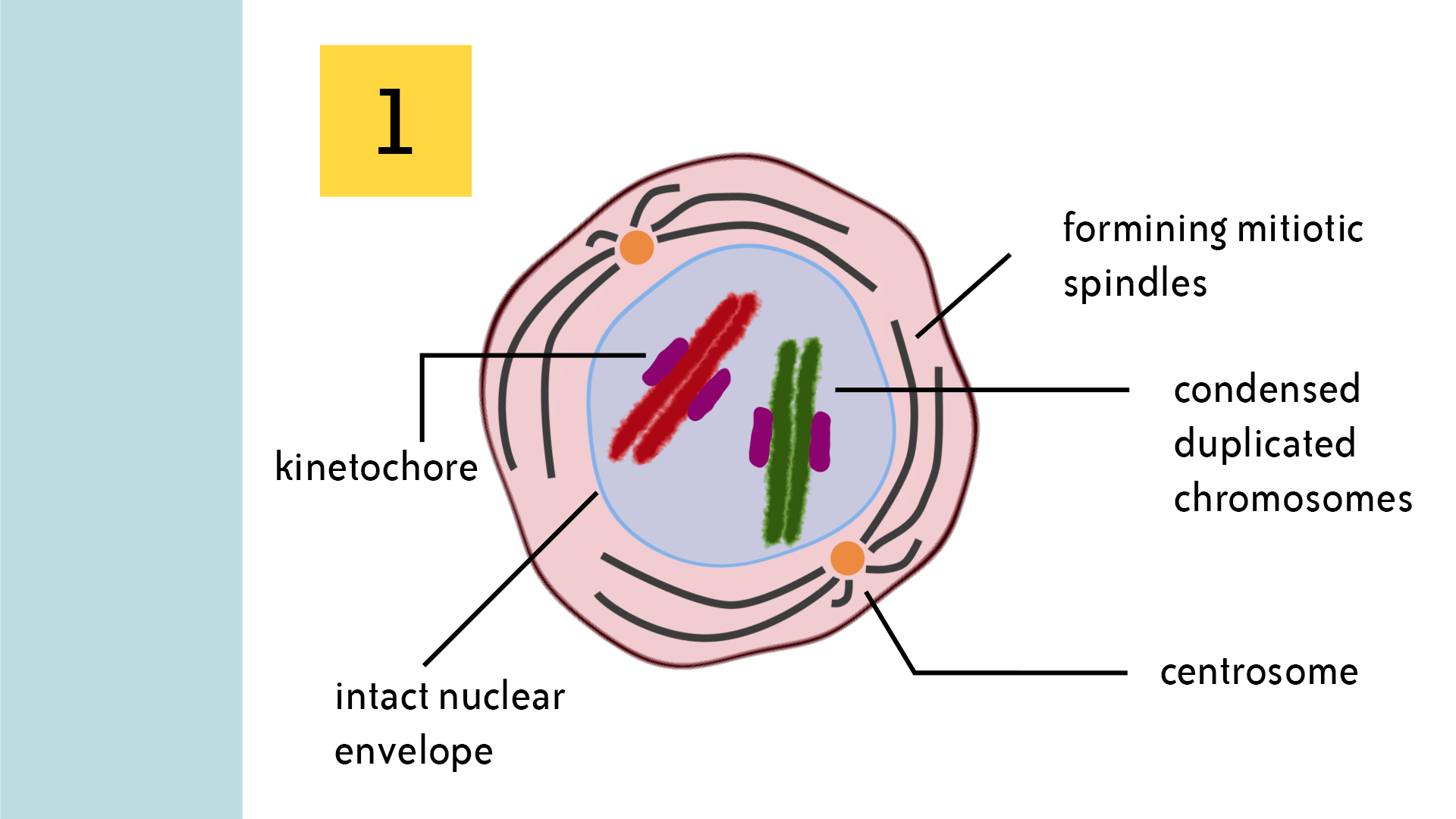
Prophase
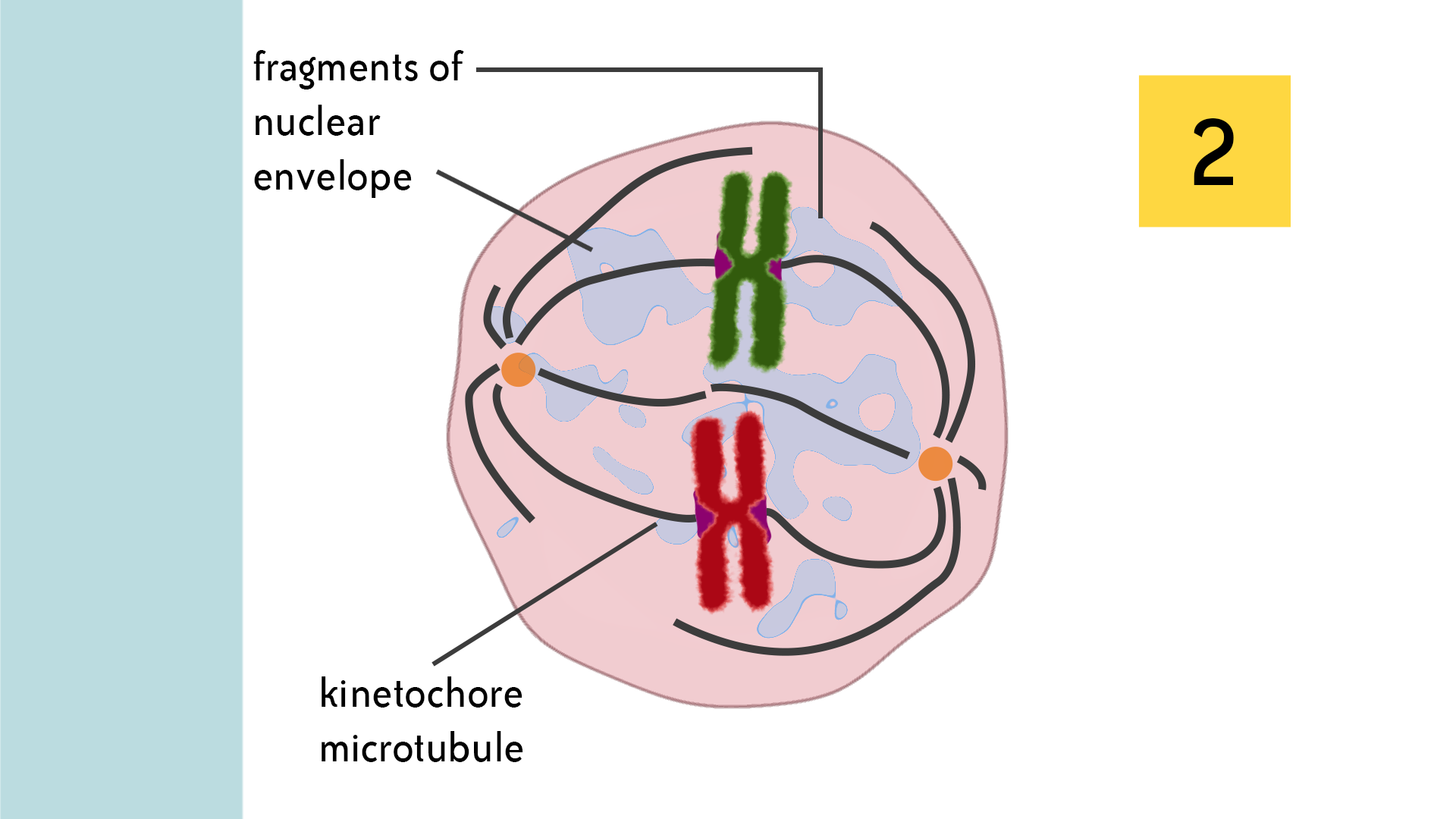
Prometaphase
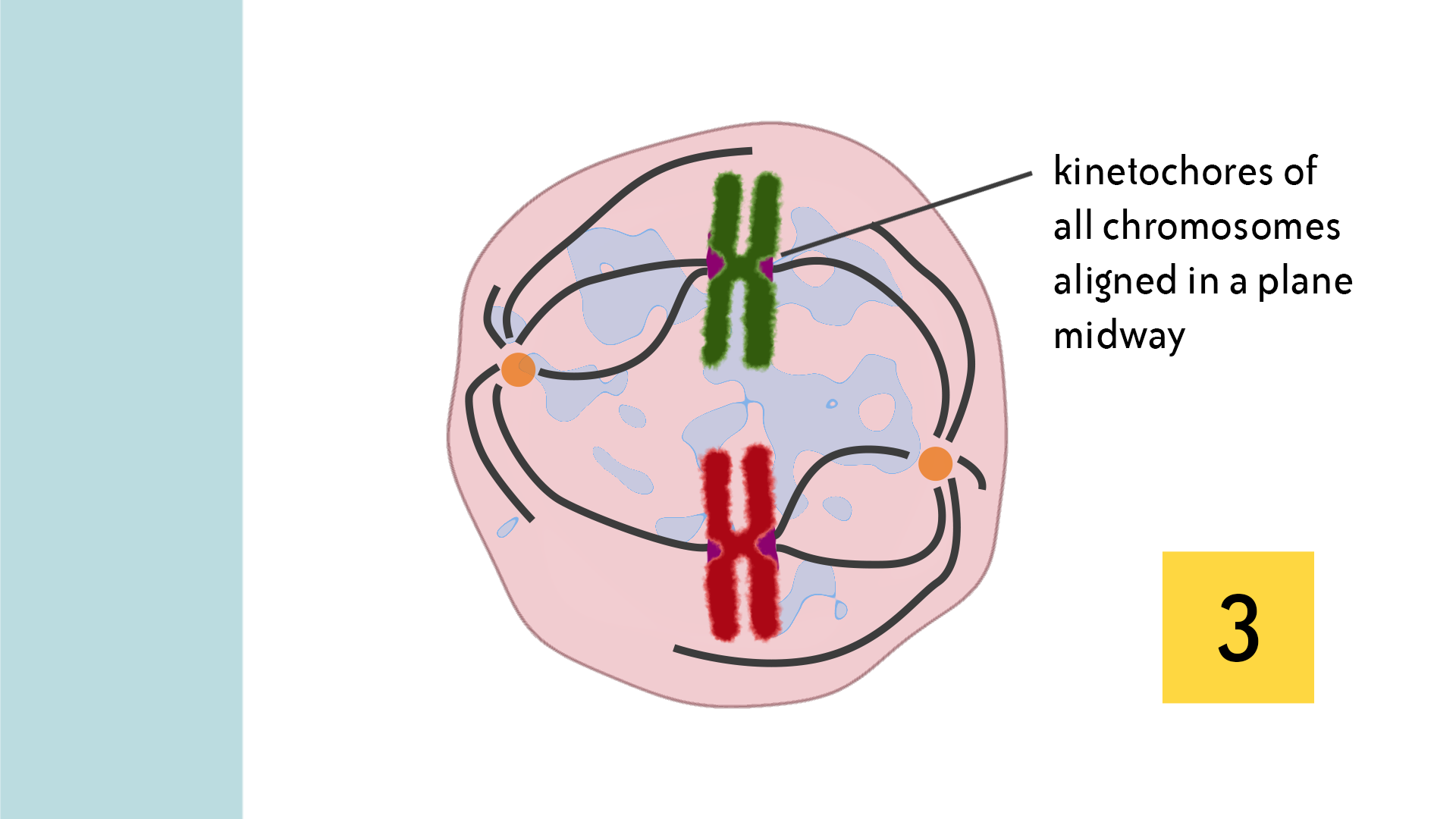
Metaphase
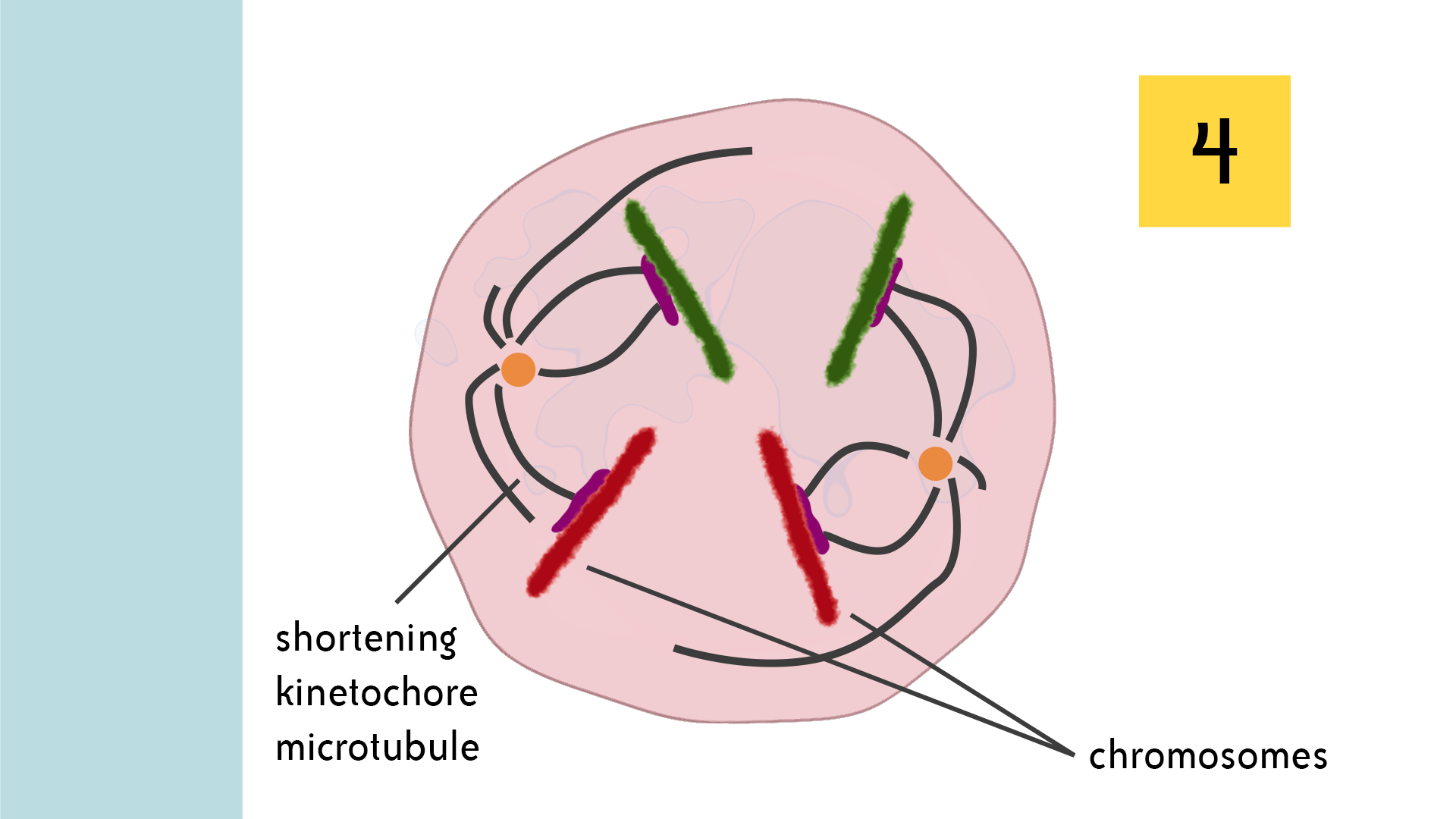
Anaphase
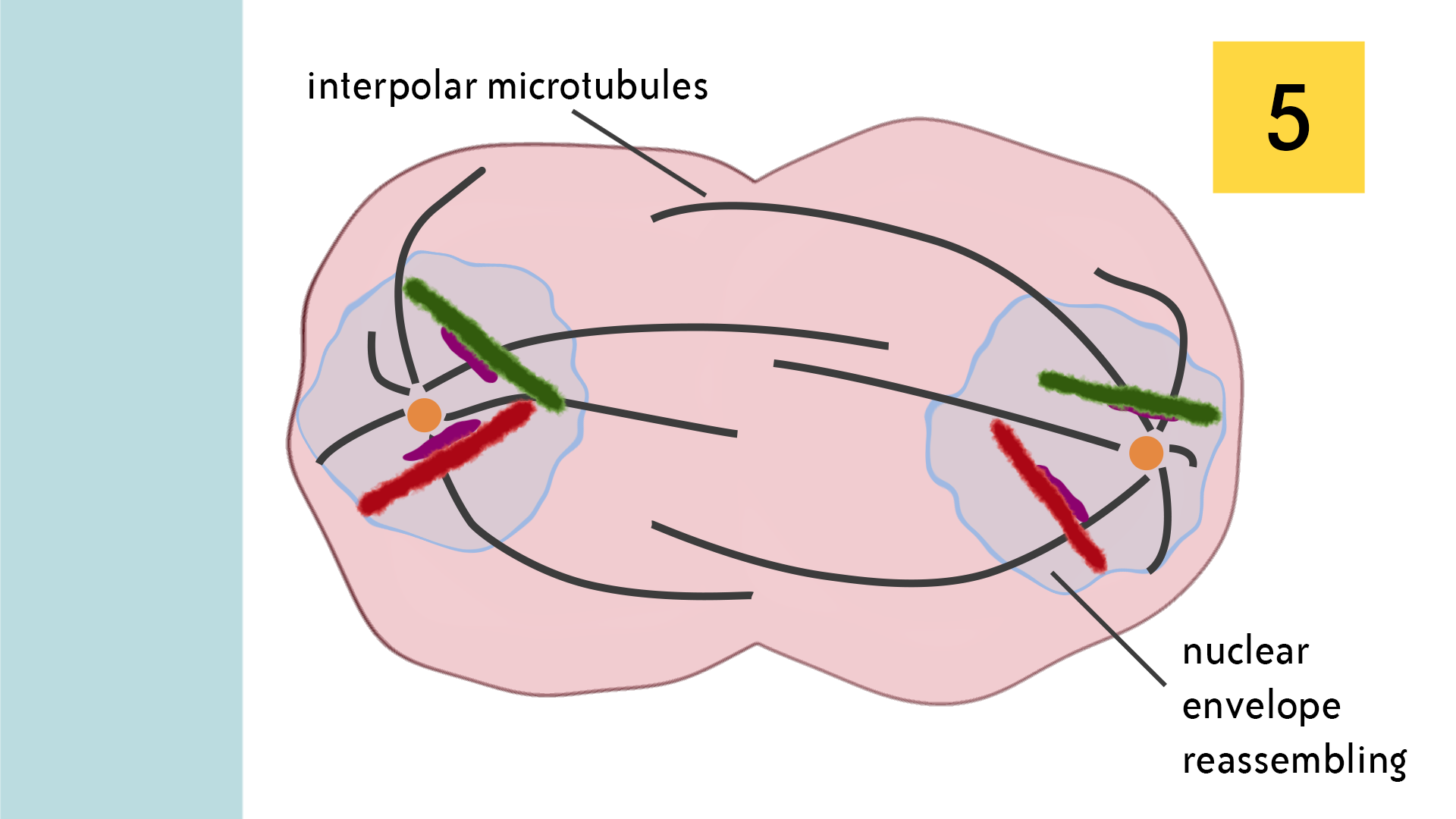
Telophase
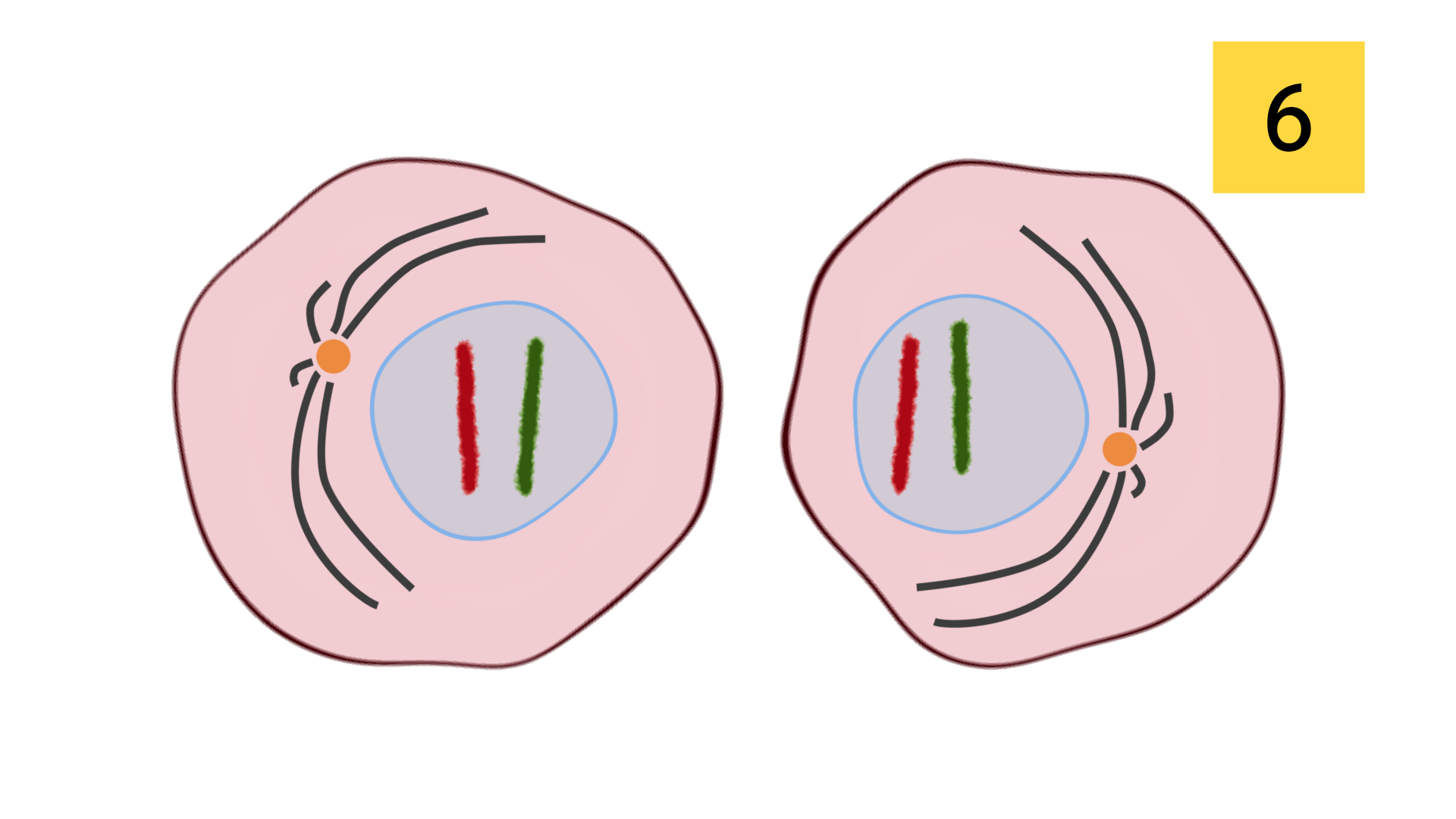
Cytokinesis + fission
Cache-aided Multi-user Private Information Retrieval schematic (made for Dr. Charul Rajput, Postdoc, ECE, IISc Bangalore, India)
Multi-access Coding Caching schematic (made for Dr. Charul Rajput, Postdoc, ECE, IISc Bangalore, India)